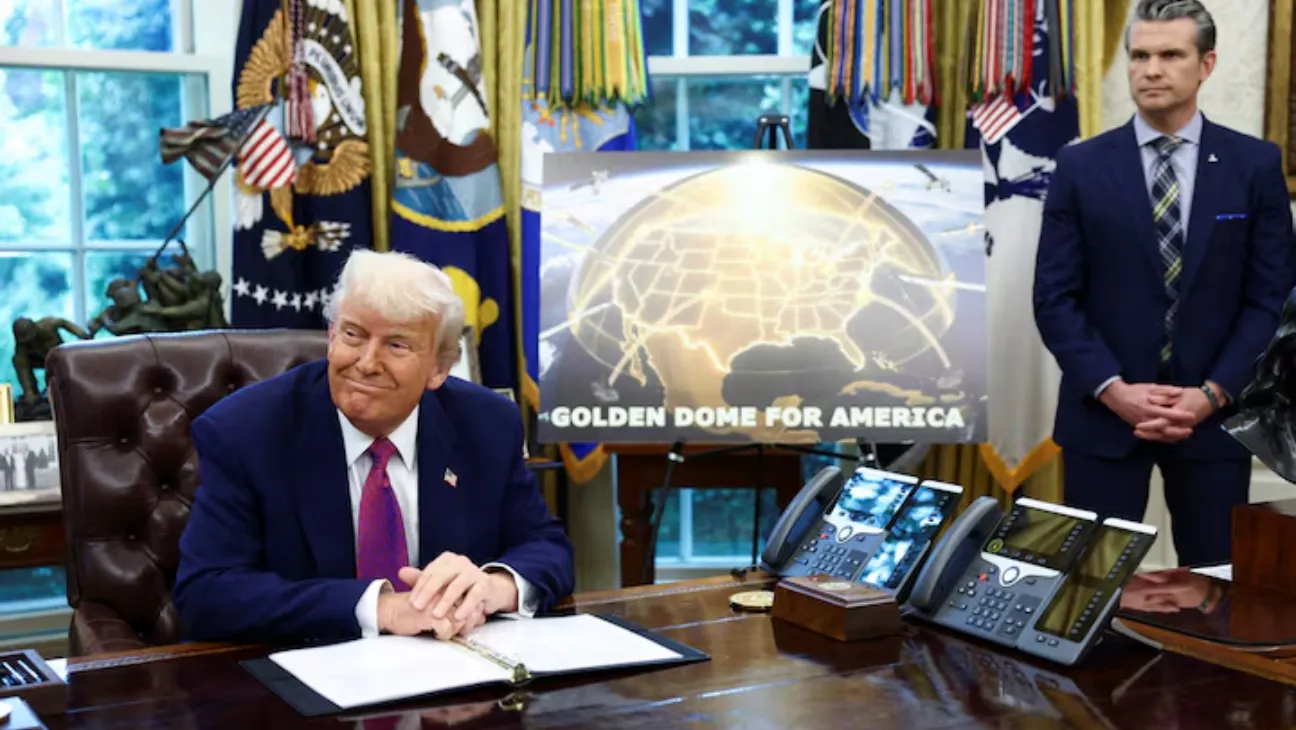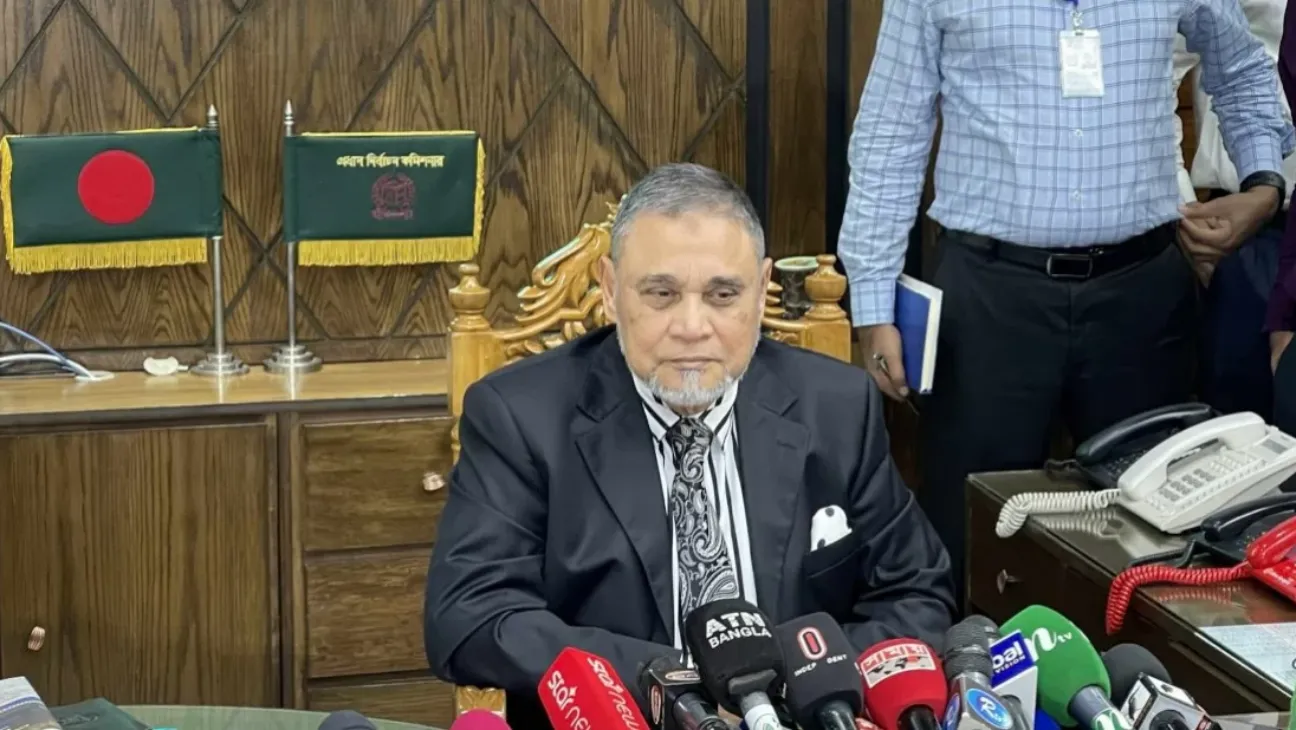The Trump administration is expanding its search for contractors to support the Golden Dome missile defense program, a pivot prompted by growing tensions with Elon Musk and concerns over SpaceX’s dominance in the project, according to sources familiar with the matter.
While SpaceX has launched over 9,000 satellites and remains central to U.S. military satellite deployment, recent developments have shifted the balance. After a public fallout between Trump and Musk on June 5, officials began exploring alternatives to avoid dependence on a single partner for a defense system valued at $175 billion.
Pentagon officials have reportedly approached Amazon’s Project Kuiper to join the effort. Though the satellite program has only launched 78 of its planned 3,000 low-earth orbit satellites, it signals a growing openness to commercial tech partnerships beyond legacy defense contractors.
“We have to give bids to other people,” a U.S. official said, referring to future launch contracts that may include companies like Rocket Lab and Stoke Space.
Musk previously downplayed SpaceX’s involvement. “We have not tried to bid for any contract in this regard,” he posted, adding that the company prefers to focus on Mars missions.
Still, SpaceX is expected to handle many of the launch duties due to its scale and track record. But its share of the program could shrink.
Amazon declined to comment on Kuiper’s potential role. Jeff Bezos had earlier acknowledged that while Kuiper is a commercial initiative, “there will be defense uses.”
The Golden Dome is modeled on Israel’s Iron Dome but aims to function on a far larger scale using satellite networks to intercept missile threats.
Northrop Grumman, Lockheed Martin, and L3Harris are also in the mix. Lockheed said it stands ready to support the effort “as a proven mission partner.” L3Harris reported growing demand for its missile tracking technologies, while Northrop is working on space-based interceptors.
Golden Dome’s planning began just a week into Trump’s second term. Space Force General Michael Guetlein, confirmed by the Senate on July 17, has been tasked with leading the initiative. He has 30 days to form a team, 60 days to deliver a system design, and 120 days to present an implementation roadmap.
That timeline comes from a directive issued by Defense Secretary Pete Hegseth, two sources confirmed.
A key funding milestone is also approaching. Congress approved $13 billion last year for satellite-based communications, a steep jump from $900 million, in hopes of encouraging private sector satellite manufacturing.
Project Kuiper, which emerged from a team of former Starlink engineers, lags behind SpaceX but is gaining attention as a backup or complementary option.
There are concerns. Any commercial partner would need to shield its satellite systems from cyberattacks and jamming. SpaceX has acknowledged spending heavily to defend against Russian interference.
Security isn’t the only challenge. Golden Dome’s development could trigger a new wave of space militarization. A fully deployed orbital shield might provoke rival nations to build countermeasures or new weapons systems.
Political tensions haven’t helped. Musk recently launched a centrist political movement called the “America Party,” opposing Trump’s tax-and-spend approach. That rift may have reshaped how contracts are awarded.
Several defense-linked firms with personal ties to Trump, such as Palantir and Anduril, were once viewed as early favorites. Their positioning is now less certain.
Despite the shifts, traditional defense firms like Lockheed and RTX are expected to lead the early phases. RTX, which makes the Patriot missile system, said its technologies will likely be core to the program “especially if you want to make a significant impact over the next 2 to 3 years.”
What started as a SpaceX-heavy vision is now becoming a broader, more distributed effort—one that mixes old-guard defense names with tech newcomers. Whether that balance works remains to be seen.









